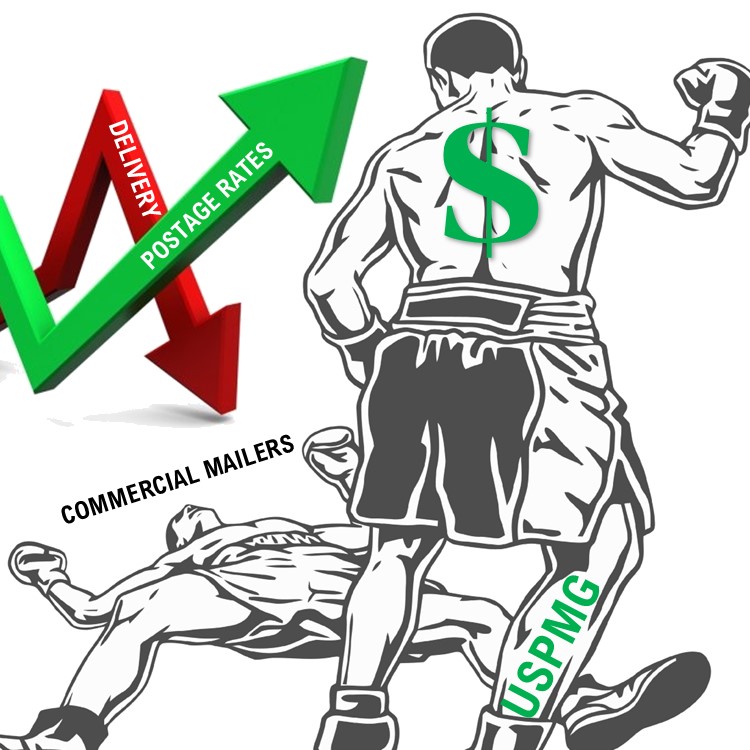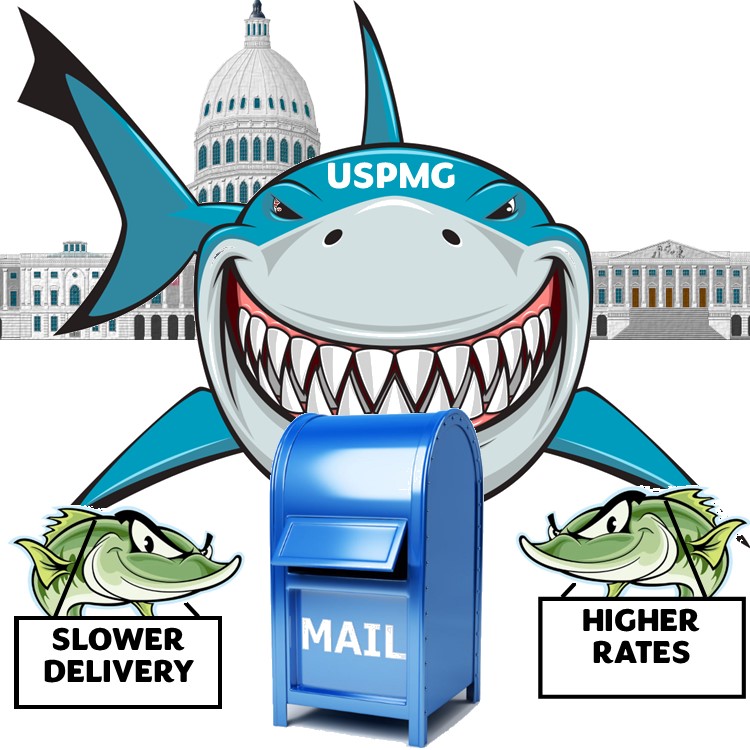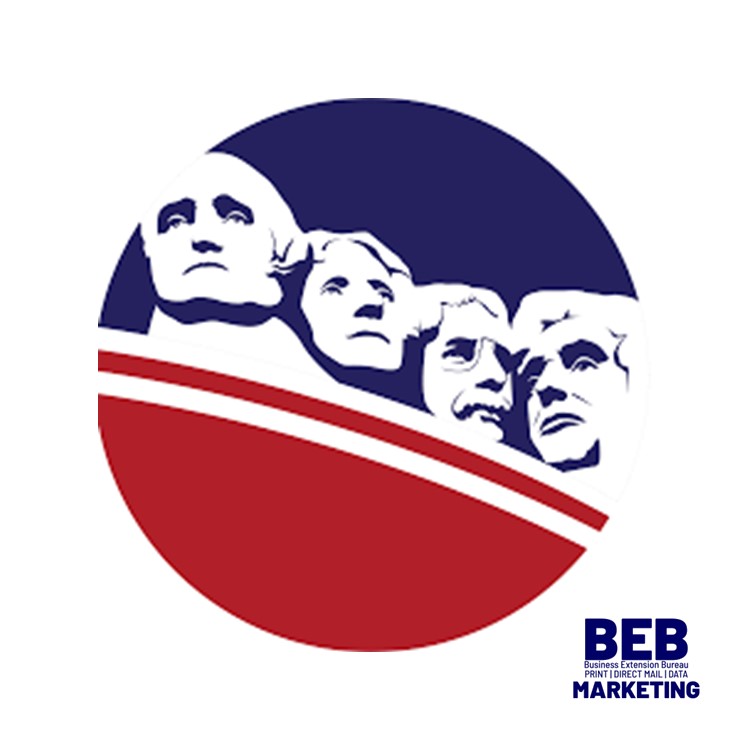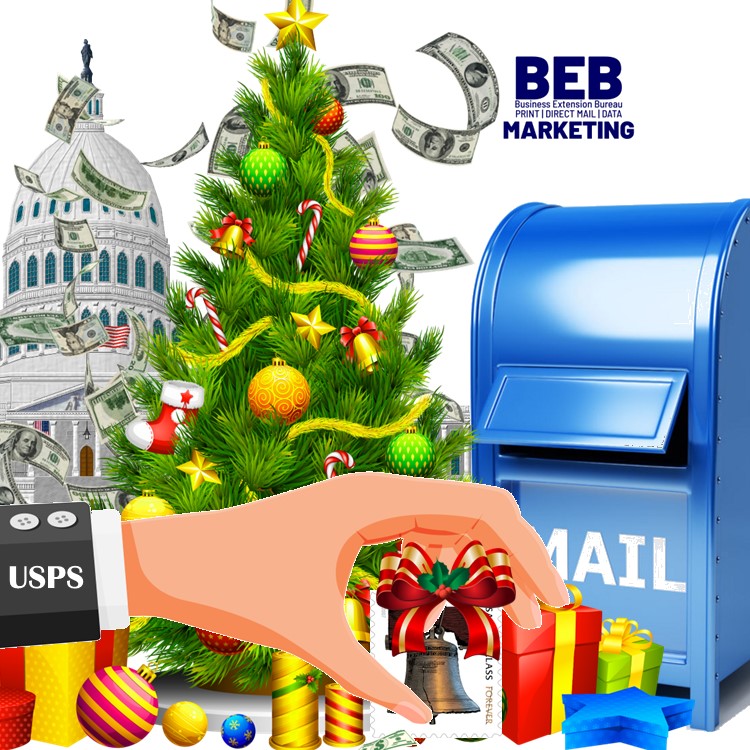The USPS has requested another rate hike to take effect on July 9th. Click below to see a rate comparison chart of current first-class rates compared to the proposed rates.
Tag Archives: BEB BUSINESS EXTENSION BUREAU
JULY 2023 POSTAL RATE COMPARISON-MARKETING MAIL
And the industry takes another hit from the USPS with the second rate hike of 2023. See below for a chart showing current postal rates compared to the proposed July 9th rates for marketing mail.
JULY 2023 NON-PROFIT RATE INCREASE PRICE COMPARISON CHART
The USPS has filed for another rate hike set to take place on July 9, 2023. Click below to see a rate comparison chart for current nonprofit rates compared to the proposed July rates.
BEB NON PROFIT COMPARISON CHART JULY 2022 VS JAN 2023
Non profits need to incorporate this significant rate hike in their budgets for the balance of 2023 and anticipate another 4-6% rate hike at the start of 2024.
HAPPY EASTER
PRESIDENT’S DAY HOLIDAY
DM + DIGITAL = Higher Conversion Rates
MLK DAY 2023
Happy New Year
Another USPS Holiday Heist
For the third year in a row, the United States Postal Service is raising the prices throughout the holidays.
They requested a temporary price increase on mail services used during the peak holiday season. In a statement, the USPS said the temporary rate adjustments are similar to ones in past years aimed at helping them cover extra handling costs and to ensure a successful peak season.
Price increases range from 25 cents to upwards of $6 per package, are planned to go into effect on October 2, 2022 and last through January 22, 2023 for mailings that include Priority Mail, Priority Mail Express and First-Class Package Service.
The Postal Regulatory Commission still has to approve the higher rates.
Last month, the cost of a US postage stamp increased by 2 cents, raising the cost of mailing a first-class letter by 3.4%, to 60 cents. Parcels and packages are where the Postal Service is really making its money today. The USPS handles final delivery of many packages shipped by online retailers such as Amazon, with items delivered in bulk to the post office nearest to the buyer’s home.
The Punch for Paper
Nobody is certain how to best manage the current commercial paper shortage. With the open enrollment, holiday, and political mailing season only a couple of months away, we are encouraging our clients to to order paper now. Prices continue to climb (faster than gasoline), and delivery times continue to extend! Worse yet, there is no guarantee that the paper we order today and expect delivery by August will actually arrive!
The problem started a while ago. Even before the pandemic, restrictive environmental regulations, aging/expensive equipment, and skyrocketing labor costs contributed to many mills closing because they were unable to compete. Also, many mills quit producing commercial printing paper and began manufacturing board stock as the packaging industry flourished. That’s when the U.S. paper shortage began. We weren’t too worried because mills from overseas were able to fill the void.
Companies adopted the “Just In Time” operative to allow for decreased amounts of inventory saving valuable space and reducing costs. JIT works great when the supply chain is whole. Thanks to the pandemic, the supply chain today is broken and on many levels.
U.S. Ports are still scrambling to catch up and are a primary source of disruption. There is also a container problem in on the other side of the ocean. Lou Caron, President of The Printing Industries Association of Southern California (PIASC) blogged that he was told that the Korean paper mills are producing at max capacity but couldn’t find enough containers to ship their inventory. Most likely because there are so many here waiting to be unloaded. Remember, the paper mills are competing for the same container space that giants like Amazon and Walmart need.
Another hurdle is that it takes a long period of time for a paper mill to come back online. It can take up to six-months. As the pandemic cycles in waves, mills have shutdown, re-opened, shutdown, and re-opened causing significant delays and reducing available inventory nationwide.
In short, we are all vying for paper and trying to prepare for the upcoming mailing season. We strongly recommend that you order paper early. If you are planning to mail in the fall, order your paper now. Unfortunately, costs are higher than we have ever seen before, and as mentioned earlier, the mills aren’t guaranteeing complete delivery.
We need to be flexible and adapt to the current situation. Be open to using different types of paper or trying a different type of mailer. The paper shortage has dramatically affected the envelope industry as well. You may want to consider self-mailers or postcards in lieu of envelope mailings this fall. Most importantly, start your plan and paper as soon as possible.










